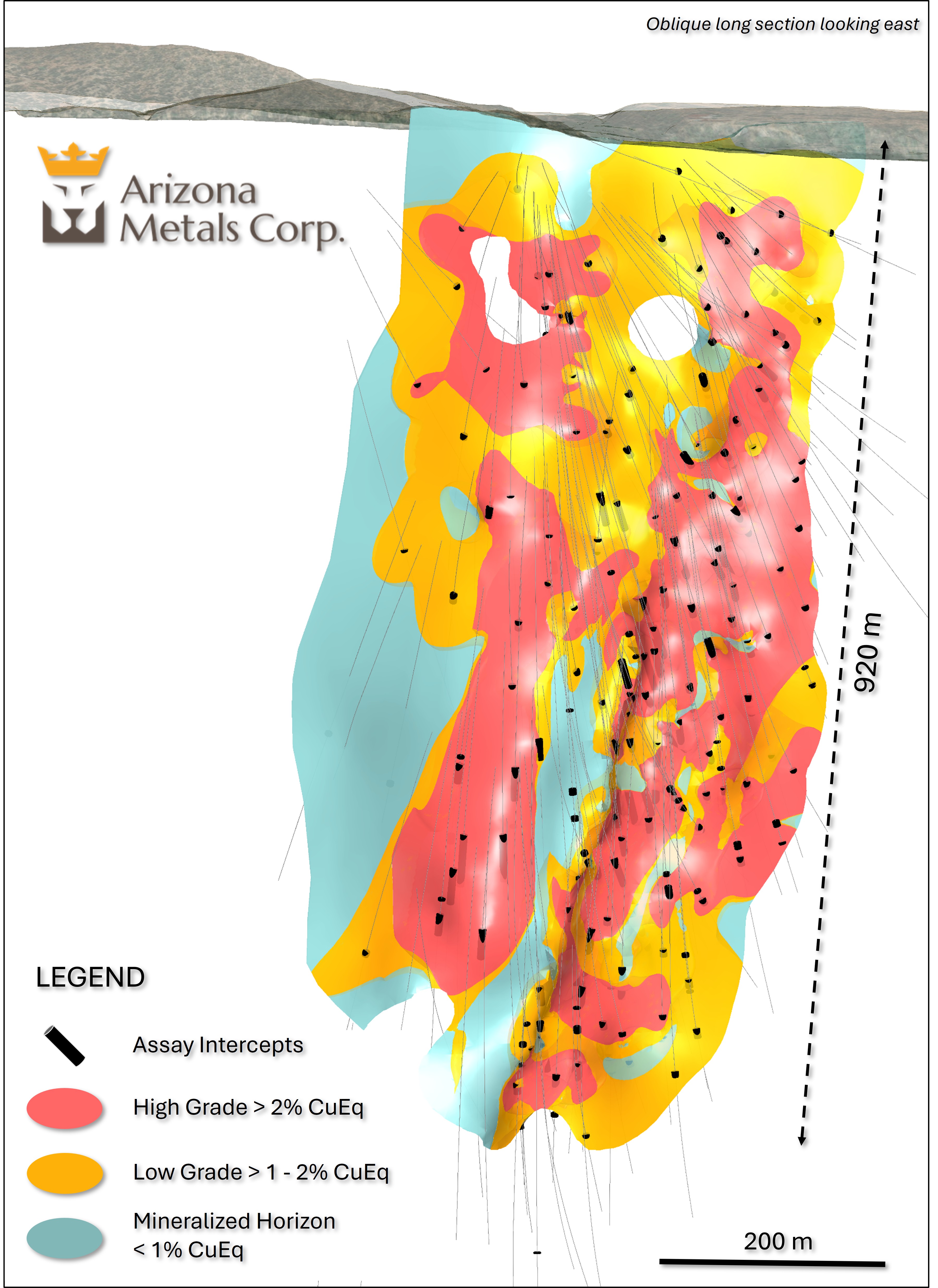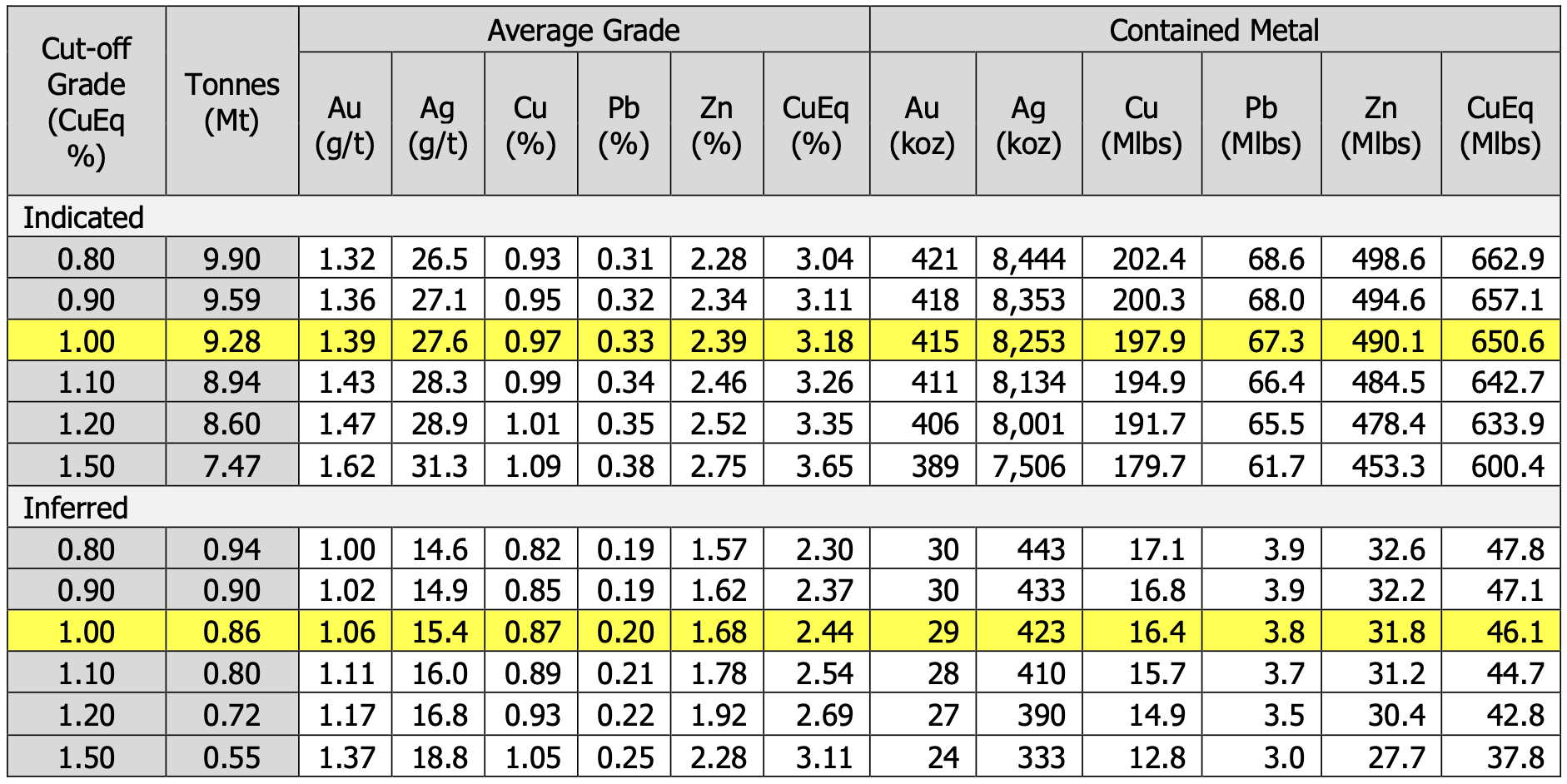I agree to and consent to receive news, updates, and other communications by way of commercial electronic messages (including email) from Arizona Metals Corp. I understand I may withdraw consent at any time by clicking the unsubscribe link contained in all emails from Arizona Metals Corp.
Arizona Metals Corp.
66 Wellington St. W Suite 4100
Toronto, ON, M5K 1B7
[email protected]

